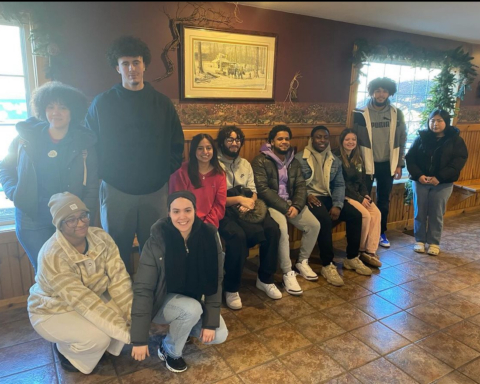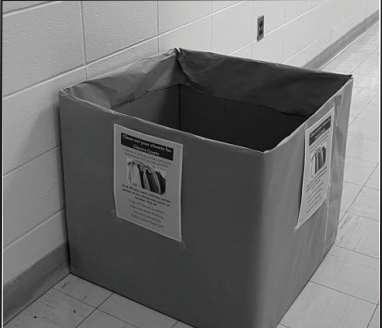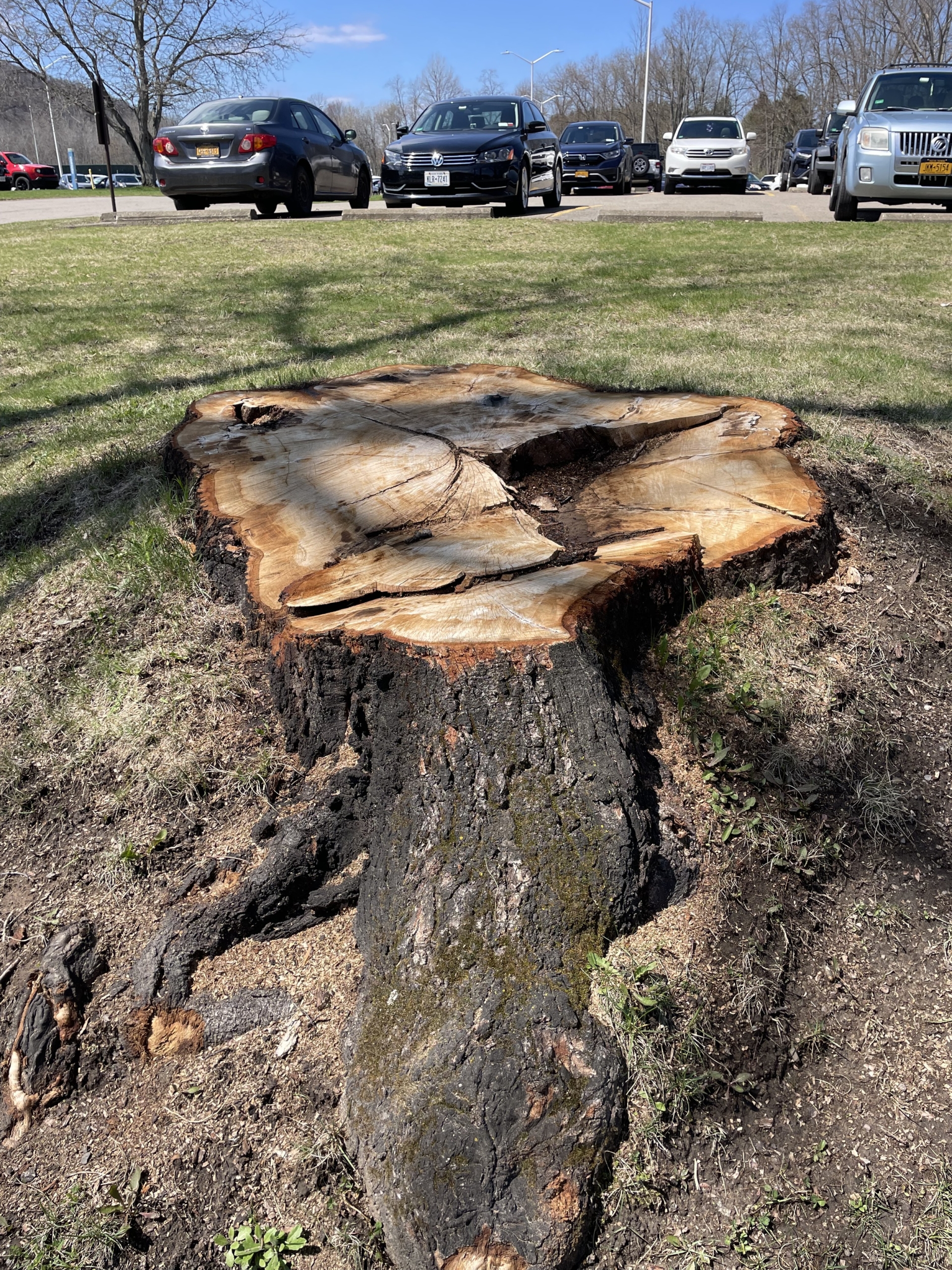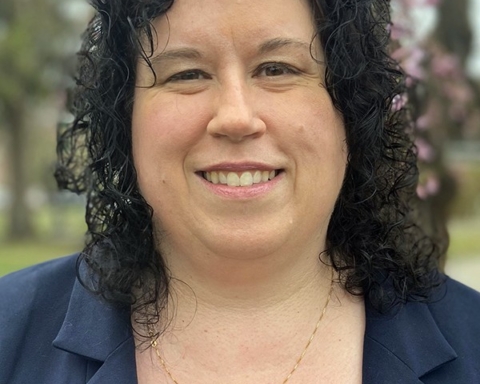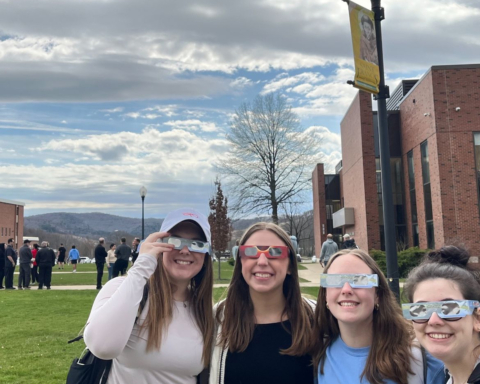By Julia Mericle
Editor-in-Chief
Anne-Claire Fisher, an associate professor of education, said the two new courses added to the general education curriculum starting in the fall of 2017 are long overdue. SBU 102: Introduction to Diversity will be worth one credit. Students will also be required to choose another three-credit course centered around diversity out of a list of courses that count for the distribution.
While Fisher is no stranger to diversity herself, living in Africa, France, Southeast Asia, England and Australia all before landing in America, she knows that is not the case for many Bonnies.
“A lot of our students who come here come from places very similar to this place,” Fisher said. “And Bonaventure might be the most diverse place they have ever been.”
In the past four years, out of the total number of degree-seeking undergraduate students at Bonaventure, white students went from 69.4 percent to 68.9 percent. International students rose from 2.1 percent to 2.8 percent. Hispanic students rose from 5.5 percent to 7.5 percent. Black students rose from 4.8 percent to 5.8 percent. Asian students rose from 2.8 percent to 4.1 percent. Native American, Alaskan Native, Hawaiian Native, and Pacific Islander students all remained under 1 percent. These statistics were provided by Ann Lehman, director of institutional research.
According to Douglas Brady, director of recruitment, after graduation students will likely enter into a diverse world, so it is vital that their college experience reflects that.
“It is important to have those experiences and to be able to interact with students from different cultures, who might speak a different language,” Brady said.
According to a 2015 story by NPR, “More than half of the nation’s children are expected to be part of a minority race or ethnic group,” by 2020.
Parker Suddeth, coordinator of the Damietta Center for Multicultural Student Affairs, said he sees the university doing a lot to promote diversity.
“A top-down method from the administration that has happened in the past year is the president’s standing committee on equity and inclusion, which has key players in the administration and student body who are charged to implement programs, practices and policies,” Suddeth said.
He cited this year’s implementation of the IDEAL (inclusion, dignity, equity, action and love) programming as an example of such efforts.
Carolyn Haswell, a student member of the committee on equity and inclusion, agreed that the IDEAL campaign is more inclusive than the previous #RaceMatters campaign. She serves as the president of Spectrum, St. Bonaventure’s LGBTQIA+ alliance.
“When you go to college it is known as that place where you are going to meet and interact with everybody,” Haswell, a sophomore theater major, said.
Brady said the Higher Education Opportunity Program and efforts to increase international enrollment currently serve as the two biggest recruitment tools for increasing diversity on campus.
However, Brady noted the importance of understanding what those students will require to succeed when they come to campus.
“We can get students to come. But we have to have those back end support services as well,” Brady said. “So, if we are getting students from Brazil, we have to make sure that they feel supported and they have everything that they need to be successful walking around campus too.”
Amina Golden-Arabaty, a Muslim student, said if she could use one word to describe her experience at Bona’s it would be “incredible.” She is a member of the Muslim Student and Allies club.
“Diversity creates an environment that eliminates stereotypes and gross generalizations. Suddenly, someone from that unfamiliar minority group is your partner in class or your tutor in the TLC,” Golden-Arabaty said.
People have very different perceptions of what diversity means, according to Barbara Trolley, a professor in counseling education.
Trolley said she once had a student tell her that there was no diversity in the preschool the student was working in because all the students were white. However, Trolley, chair of the university disability awareness committee, said there is both visible and invisible diversity.
All voices echoed the idea that diversity is not limited to race, ethnicity and gender. Diversity is also religion, sexual orientation, ability/disability and so much more. This diversity is just as important in the faculty as it is in the student body.
While hiring selections take place within each individual department, the human resources department finds the job candidates. Erik Seastedt, director of human resources, said the university has practices in place to attract diverse applicants, such as subscriptions to websites like the black
doctoral network.
Seastedt said that within the last 10 years, 57 percent of the faculty that were hired and still remain at Bonaventure are minorities. He clarified that for recruitment standards, women are considered a minority.
Looking at total faculty, 47 percent are minorities. Excluding women, minorities make up about 9 percent of the faculty.
Donika Kelly, one of these newly hired faculty members, said one of the factors that drew her to Bonaventure was the number of students of color on campus and the number of female faculty members.
“That made it more possible for me to imagine being here,” Kelly, assistant professor of English, said. “It is scary to go into a space where one does not see oneself represented.”
Kelly emphasized the importance for all students to have professors who are people of color. She said in her own college experience, she benefitted from having professors from very different backgrounds than her own.
“When students are exposed to instructors, professors, teachers, mentors, who are from different walks of life, who have different experiences, it enriches their lives. It makes their lives better,” Kelly said.
But, it is a mutual experience, she said.
“I do think that I benefitted as an instructor from being around students from different places…I’m like, ‘There are so many things I don’t know, tell me about it,’” Kelly said.
Seastedt said he considers geography Bonaventure’s greatest challenge in terms of creating a diverse campus.
According to U.S. Census statistics from 2010, 90.6 percent of Olean identifies as white.
“This is a very white space. It has been white for a really long time,” Kelly said.
This history must be remembered when considering tenured faculty positions, Seastedt said.
Kelly agreed, saying that change is hard, especially when something has been done one way for a long time. Yet, she talked optimistically about the addition of the diversity-centered general education courses, saying they will bring different voices and put them into conversation with one another.
Trolley encouraged this idea.
“We are all unique, and we are all the same,” she said.
merclje13@bonaventure.edu


